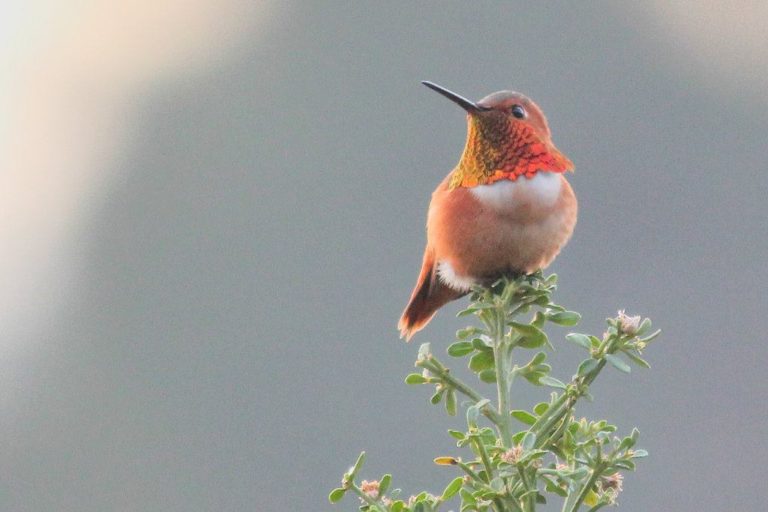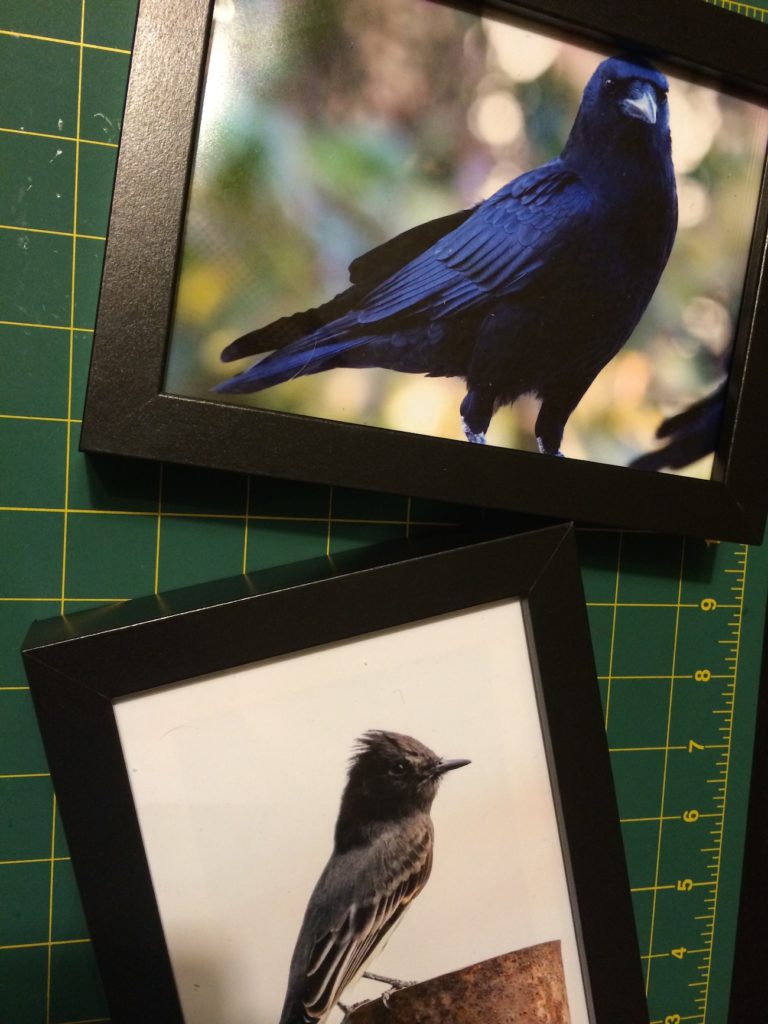
Hummingbird Feeder Safety
Hummingbirds are easy to attract to a backyard garden, a cinch to keep well fed, and a joy to watch. These sparkling jewels of summer are easy to love.
But if you don’t take proper care to provide healthy nectar and clean feeders, they’re also an easy bird to love to death.
Hummingbird feeders must be kept clean and free from mold and fungus, or the tiny hum-buzzers you so enjoy could develop a serious and deadly fungus infection. This infection causes the tongue to swell, making it impossible for the bird to feed.





